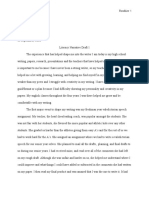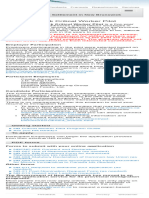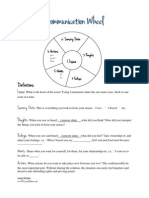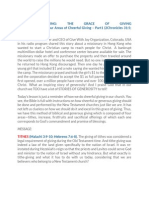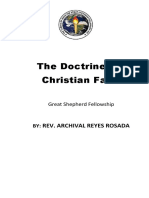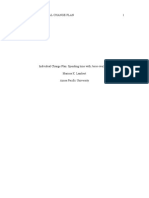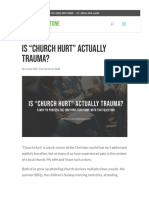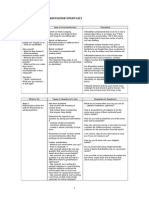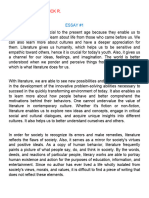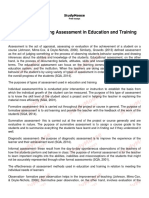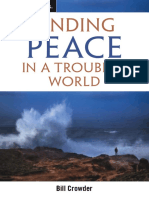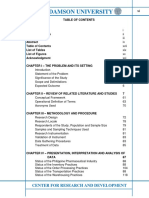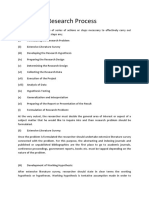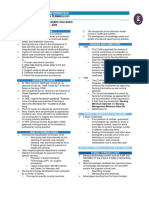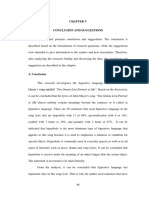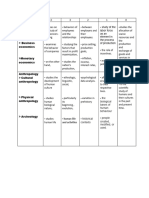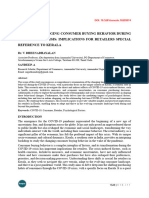0% found this document useful (0 votes)
500 views4 pagesAET Guidance Unit 305, Task A
The document discusses various assessment methods that can be used with learners, including their strengths and limitations. It identifies six main assessment methods: worksheets, homework, exams, practical activities, role-plays, and observation. Four of these methods - role-plays, worksheets, practical exercises, and exams - are explained in more detail with a comparison of their strengths and limitations for meeting learners' needs. The document also discusses how assessment methods can be adapted to support learners and the types of information and records that should be made available to learners and others involved in the assessment process.
Uploaded by
sharon.shawCopyright
© © All Rights Reserved
We take content rights seriously. If you suspect this is your content, claim it here.
Available Formats
Download as DOCX, PDF, TXT or read online on Scribd
0% found this document useful (0 votes)
500 views4 pagesAET Guidance Unit 305, Task A
The document discusses various assessment methods that can be used with learners, including their strengths and limitations. It identifies six main assessment methods: worksheets, homework, exams, practical activities, role-plays, and observation. Four of these methods - role-plays, worksheets, practical exercises, and exams - are explained in more detail with a comparison of their strengths and limitations for meeting learners' needs. The document also discusses how assessment methods can be adapted to support learners and the types of information and records that should be made available to learners and others involved in the assessment process.
Uploaded by
sharon.shawCopyright
© © All Rights Reserved
We take content rights seriously. If you suspect this is your content, claim it here.
Available Formats
Download as DOCX, PDF, TXT or read online on Scribd
/ 4











